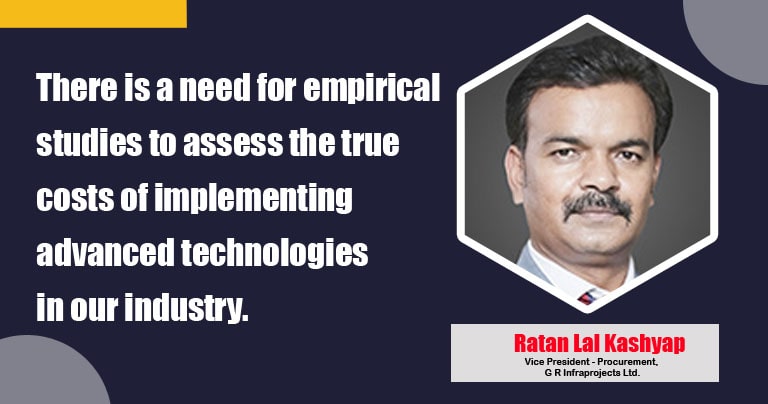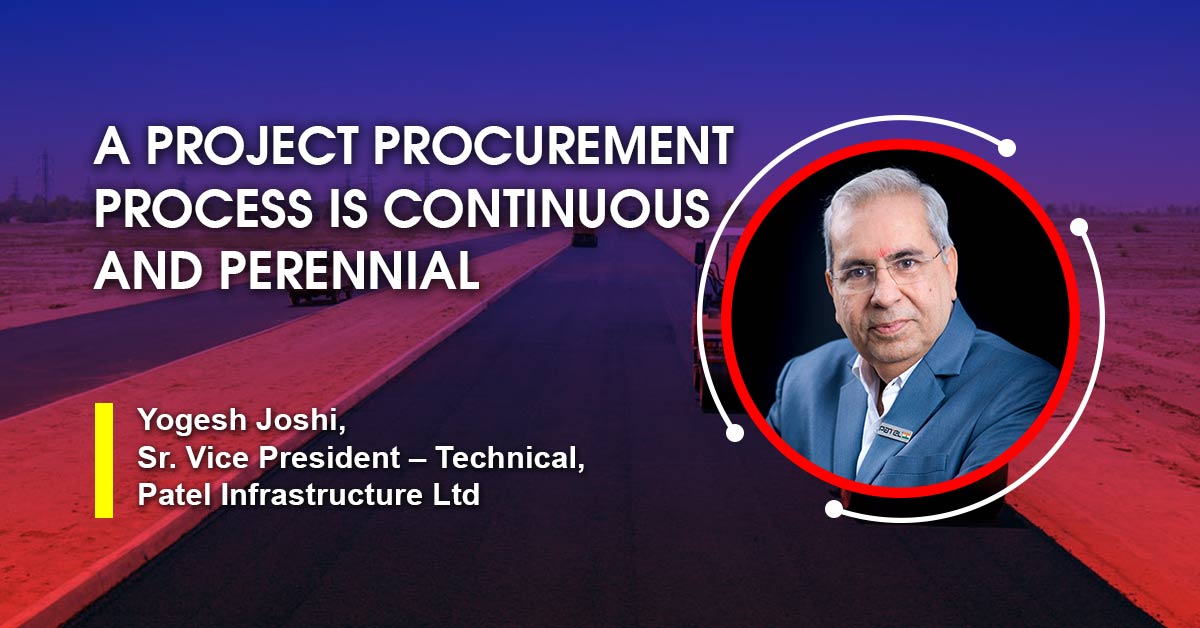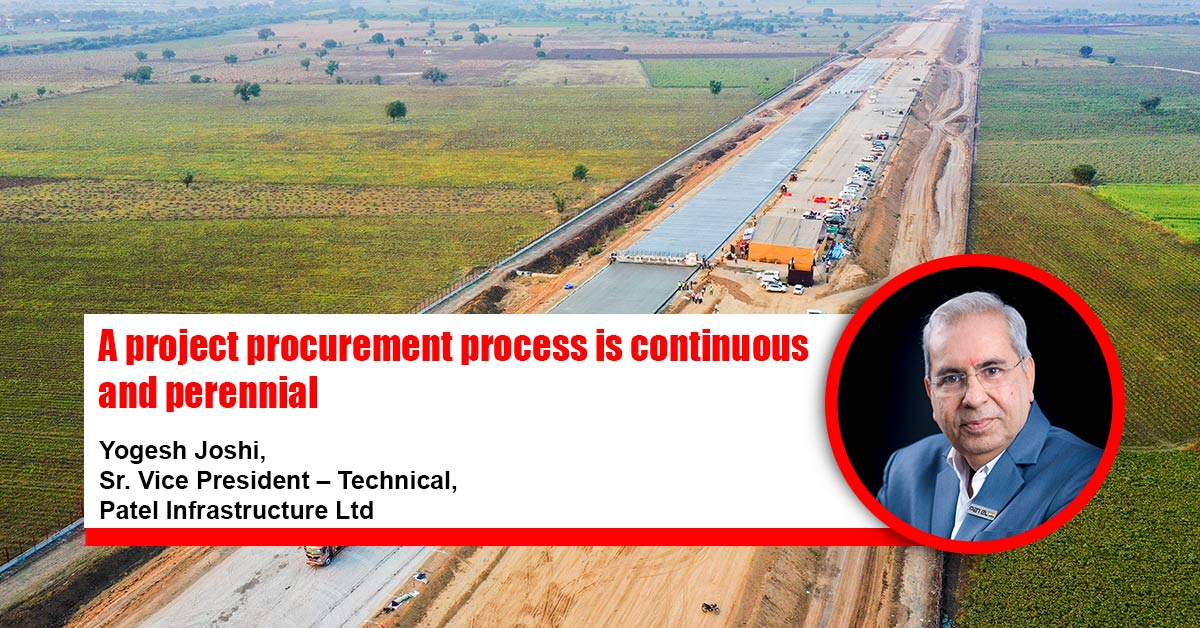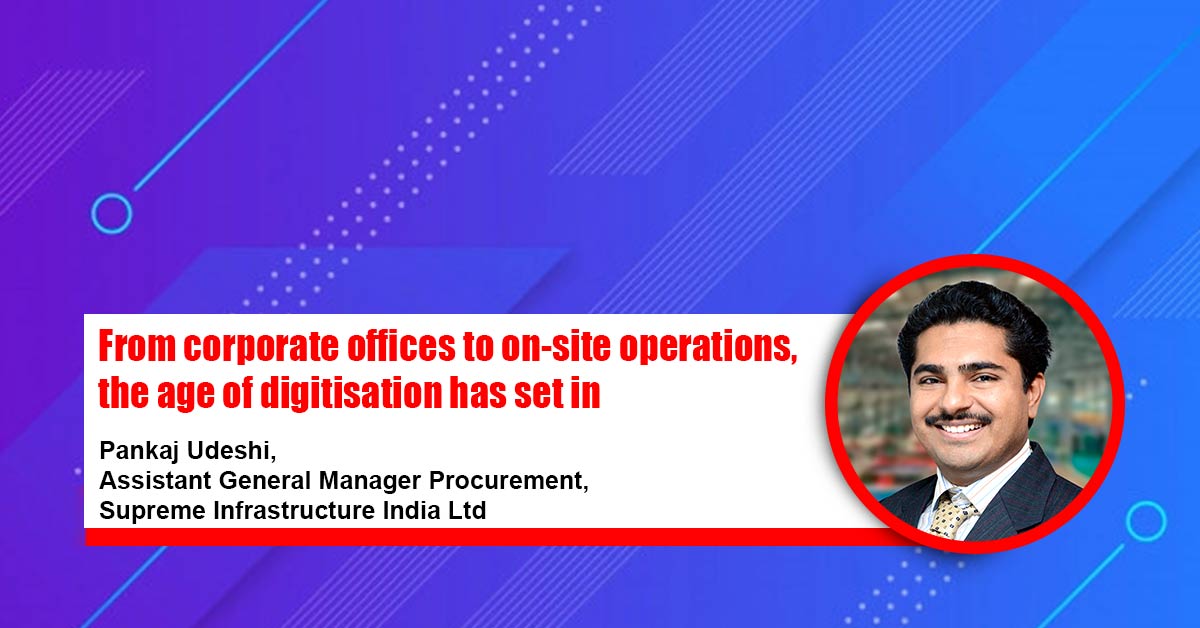Infrastructure development to boost demand for RMC
By Edit Team | November 11, 2021 5:41 pm SHARE
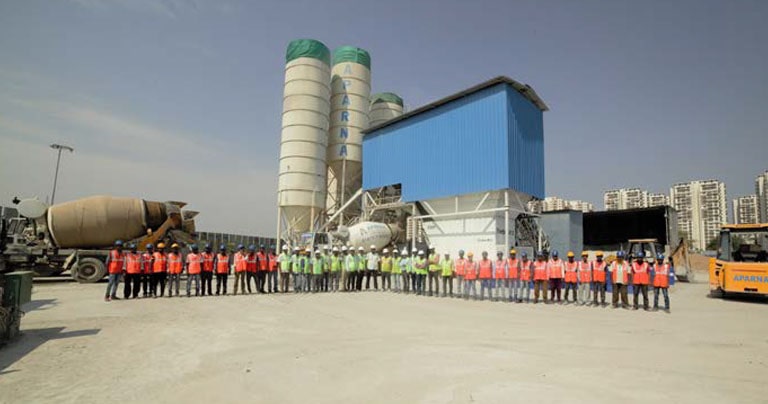
In this article we will take a look at the various factors that are estimated to affect the demand for Ready Mix Concrete.
Year 2020 was complicated for everyone. The pandemic, followed by the slowdown of activities, weighed heavily on the building materials segment. As the segment is steadily bouncing back and aiming for consistent growth, the recognition by government and industry that infrastructure development can be the key catalyst in post-Covid recovery of the economy has comes as a silver lining for the industry.
Industry forecasts indicate that the construction segment is expected to grow by 11.6 percent in 2022. According to the Asian Development Bank, India is expected to make a strong rebound in the next fiscal as business activities resume actively. A main reason for this forecasted growth is that the government is actively prioritising infrastructure development and allocating over a 34.5 percent more as a budget for infra projects, as compared to the previous year. Infrastructure spending impacts the demand of materials, which helps us to systematically increase the pace of commercial activities in the economy.
“Ready-Mix Concrete (RMC) in particular is a material that has seen a rise in demand, due to its high quality and cost effectiveness. It has been predicted that India’s Readymix concrete (RMC) market is set to register a CAGR of more than 8 percent during the forecast period (2021-22),” says Ashwin Reddy, Managing Director, Aparna Enterprises Ltd.
Increase in investments as well as commercial development activities: A major factorthat is estimated to drive thegrowth for RMC includes an increase in the investments and development activities in the construction sector. Moderate to high growth has been predicted for investments from the private sector owing to reasons such as increased stability in infrastructure projects, and the implications of the goods and service tax (GST) and commercial demand. India is also expected to see a rise in Foreign Direct Investments (FDI) which would lead to a significant increase in construction activity and this would act as a catalyst in strengthening the demand for ready mix concrete in the future.
A surge in demand in residential segment: Demand for residential housing and revival of the projects stalled due to the COVID-19 pandemic in India, is also forecasted to increase, owing to the urbanisation phenomenon. Additionally, the Indian government has allowed funds and investments for settlements, township projects and development projects. This, as a result, is said to increase the residential housing construction in the country. The demand for RMC is also estimated to be fuelled by the launch of the smart cities project that aims to achieve rapid urbanisation in the country. For projects of such scale, and for those that demand precision, RMC is preferred as an ideal choice, owing to the advantages and the properties that it possesses, which include the savings in labour requirements, cutting down on supervision costs, ability to aidfaster construction, and a guaranteed consistent quality of concrete.
An increased environment consciousness: One of the biggest positives of using ready-mix concrete in modern constructions is that it is an environment-friendly choice. In comparison to the concrete mix prepared manually, RMC is the greener choice, because the mixing is done in closed chambers, thus significantly reducing air and noise pollution. The building materials industry has started embracing sustainability, hence contributing to the demand for RMC as well.
The situation will soon come back to the return to pre-Covid times, if it is a collaborative effort from the government, the building materials players and the public. Focused investments by both state and central governments aiming at infrastructural development is a key aspect that will boost the demand for raw materials like ready-mix concrete, cement, tiles, uPVC etc. A year ago, for instance, the government opened six more airports for auction under the PPP model and also announced more investments for creating world class facilities across the country. Such sanctions for roadways, smart cities, community developments etc., are what we need now for the sector to bounce back quicker.
The government should also focus on measures to complete stalled residential projects, make sure that there is adequate funding for more development. The industry is hopeful that an increased infrastructure spending could be the linchpin to creating demand, and as a result, more jobs, and a better economy.
Cookie Consent
We use cookies to personalize your experience. By continuing to visit this website you agree to our Terms & Conditions, Privacy Policy and Cookie Policy.



